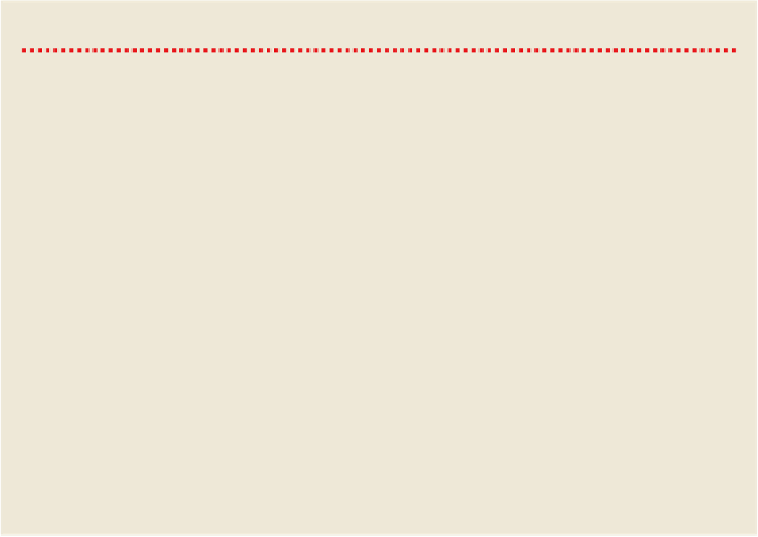Travel Reference
In-Depth Information
LAND WARS
Five separate major conflicts made up what are now collectively known as the New Zealand Wars (also referred
to as the Land Wars or Maori Wars). Starting in Northland and moving throughout the North Island, the wars had
many complex causes, but
whenua
(land) was the one common factor. In all five wars, Maori fought both for and
against the government, on whose side stood the Imperial British Army, Australians and NZ's own Armed Con-
stabulary. Land confiscations imposed on the Maori as punishment for involvement in these wars are still the
source of conflict today, with the government struggling to finance compensation for what are now acknowledged
to have been illegal seizures.
Northland war
(1844-46) 'Hone Heke's War' began with the famous chopping of the flagpole at Kororareka
(now Russell) and 'ended' at Ruapekapeka (south of Kawakawa). In many ways, this was almost a civil war
between rival Ngapuhi factions, with the government taking one side against the other.
First Taranaki war
(1860-61) Starting in Waitara, the first Taranaki war inflamed the passions of Maori across
the North Island.
Waikato war
(1863-64) The largest of the five wars. Predominantly involving Kingitanga, the Waikato war was
caused in part by what the government saw as a challenge to sovereignty. However, it was land, again, that was
the real reason for friction. Following defeats such as Rangiriri, the Waikato people were pushed entirely from
their own lands, south into what became known as the King Country.
Second Taranaki war
(1865-69) Caused by Maori resistance to land confiscations stemming from the first
Taranaki war, this was perhaps the war in which the Maori came closest to victory, under the brilliant, one-eyed
prophet-general Titokowaru. However, once he lost the respect of his warriors (probably through an indiscretion
with the wife of one of his warriors), the war was lost.
East Coast war
(1868-72) Te Kooti's holy guerrilla war.
Errol Hunt

